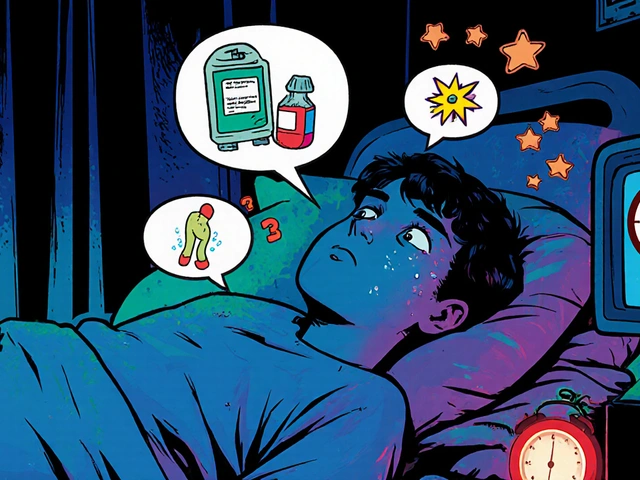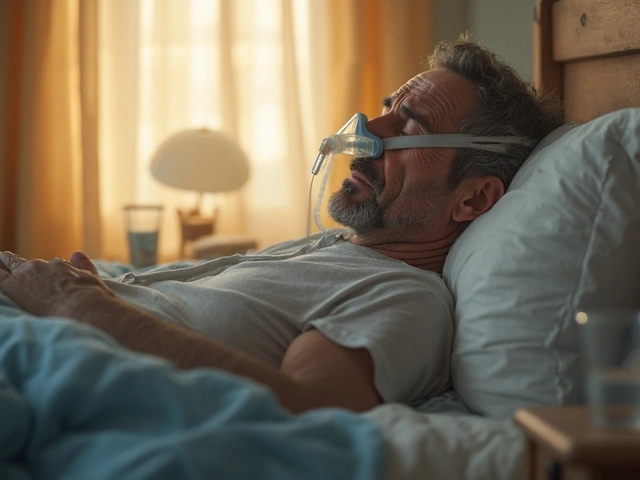Motion Sickness Medication: What Works and Why
When dealing with Motion sickness medication, drugs or remedies that prevent the nausea, dizziness, and vomiting caused by movement. Also known as travel sickness medication, it helps millions stay comfortable on planes, boats, and road trips. The most common approach uses antihistamines, compounds that block histamine receptors in the inner ear and brain to calm the vomiting center, while scopolamine, an anticholinergic patch that stops signal overload from the vestibular system offers longer‑lasting protection for those prone to severe symptoms. For travelers preferring a non‑drug route, ginger, a natural root that slows gastric emptying and eases nausea has solid evidence behind it. Each of these options fits into the broader category of motion sickness medication, which also includes prescription antiemetics, drugs like ondansetron that block serotonin receptors involved in vomiting. Understanding how these subtypes relate helps you pick the right tool for the journey ahead.
Choosing the Right Approach for Your Trip
Motion sickness medication encompasses several strategies, and the best choice depends on timing, severity, and personal health. Antihistamines such as meclizine or dimenhydrinate work quickly when taken 30 minutes before travel; they are available over the counter and cause mild drowsiness, which some users find helpful for long rides. Scopolamine patches, on the other hand, are applied behind the ear a few hours ahead of departure and can last up to three days, making them ideal for cruise vacations or multi‑day road trips. Ginger tablets or candied ginger can be chewed right before a motion event and pose virtually no side effects, though they may be less effective for intense nausea. Prescription antiemetics are reserved for patients with severe vestibular disorders or when OTC options fail, and they require a doctor’s approval because of possible heart rhythm effects. By matching the medication’s mechanism—whether it blocks histamine, inhibits acetylcholine, or suppresses serotonin—to your travel plan, you reduce the risk of unexpected drowsiness, dry mouth, or visual disturbances.
Beyond picking a product, practical tips make any motion sickness medication work better. Start with a low dose and increase only if needed; this prevents over‑sedation while still offering relief. Stay hydrated, avoid heavy meals before travel, and keep your focus on a stable point on the horizon when possible, as visual cues support vestibular balance. For those using scopolamine patches, ensure the skin is clean and dry, and rotate the patch location if you need to replace it during a long trip. Ginger works best when paired with small, frequent snacks that keep blood sugar steady. Finally, keep a small emergency kit in your bag: a blister pack of antihistamine tablets, a spare scopolamine patch, and a piece of fresh ginger. With the right combination of medication and travel habits, you’ll spend less time feeling queasy and more time enjoying the journey. Below you’ll find a curated list of articles that dive deeper into each medication type, dosage guidelines, safety considerations, and real‑world experiences.

Dramamine (Dimenhydrinate) vs Alternatives: Detailed Comparison Guide
A clear side‑by‑side guide comparing Dramamine (dimennhydrinate) with popular alternatives, covering how they work, pros, cons, dosage, and best use cases.
View More




